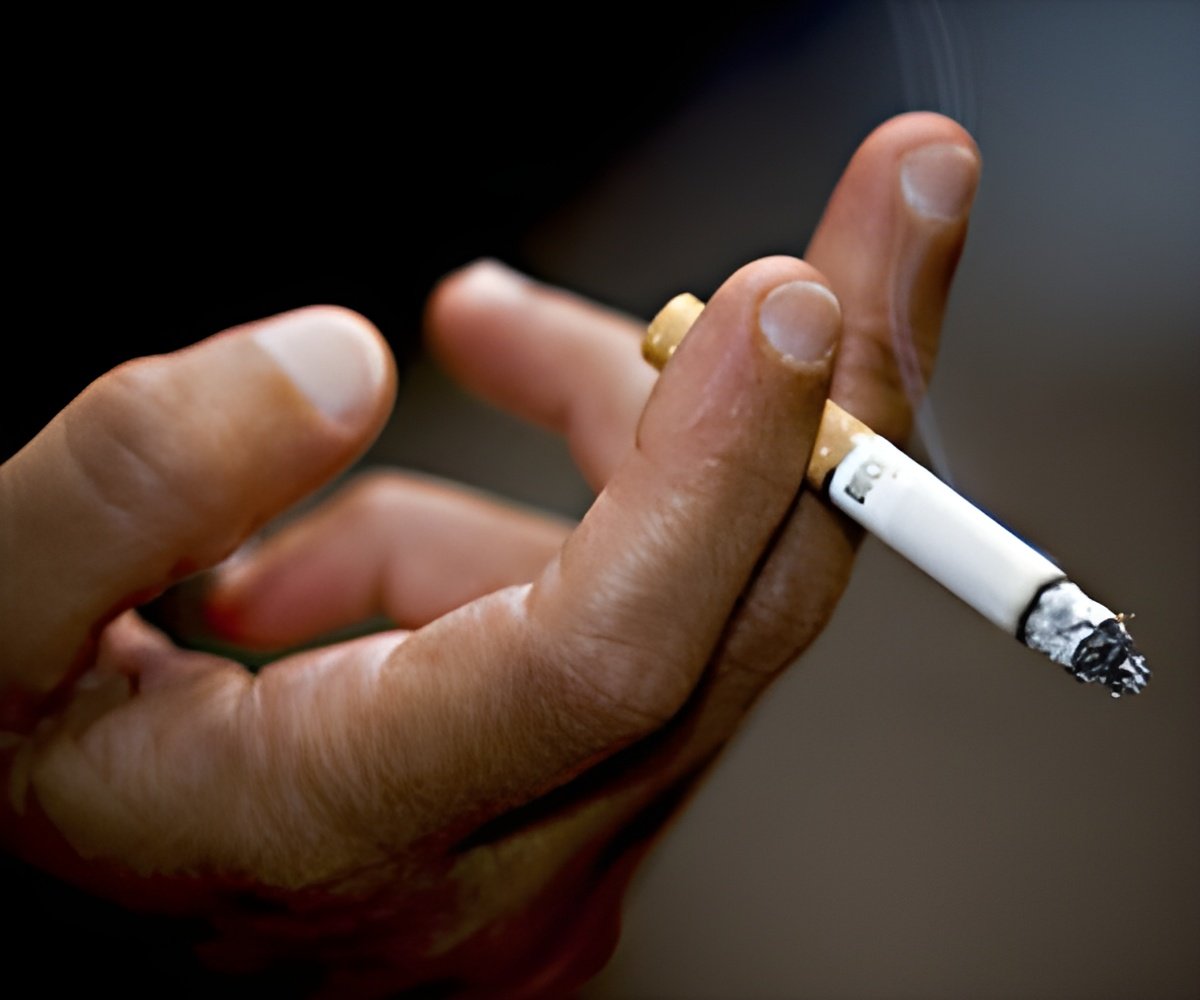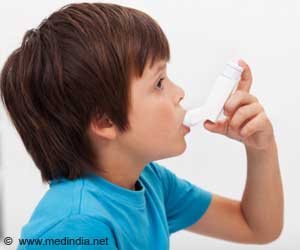The levels of detected nicotine were reduced by almost half after the implementation of smoke-free policy in Philadelphia.

‘Community-wide smoke-free policies are more effective in reducing secondhand smoke exposures for all residents than policies that permit smoking inside individual residences.’





Ann Klassen, a professor in Drexel University's Dornsife School
of Public Health, and her team found that
although the number of places where nicotine was detected remained
unchanged, the levels of detected nicotine were reduced by almost half
after the policy was enacted."This is encouraging," Klassen said. "These data show a reduction in exposure to airborne nicotine, which is an indicator of reduced exposure to secondhand smoke, and, therefore, healthier air in multi-unit housing."
For their study, set to be published in Tobacco Regulatory Science, Klassen, Drexel epidemiologist Nora Lee and colleagues partnered with the Philadelphia Housing Authority and Philadelphia Department of Health, as well as the Second Hand Smoke Exposure Assessment Laboratory at Johns Hopkins University.
The Philadelphia Housing Authority is the largest in the country to implement a fully smoke-free policy in their properties. The policy, approved in July, 2015, was developed by Philadelphia Housing Authority leadership in partnership with PHA residents, with technical support from the Philadelphia Department of Public Health, including on-site cessation services provided through the Health Federation of Philadelphia and National Nurse-Led Care Consortium.
Prior to the new policy, smoking was not permitted in public areas, but was allowed inside individual homes. However, there was concern about how secondhand smoke drifted in these properties and how much they affected common areas, like hallways, laundry room and elevators, and non-smoking households. In multi-unit housing, as much as 60% of air is transferred between units
Advertisement
These findings confirm that community-wide smoke-free policies are more effective in reducing secondhand smoke exposures for all residents than policies that permit smoking inside individual residences. This is very important in public housing communities, which include a variety of residents, including children, elderly, and chronically ill residents, who are especially vulnerable to respiratory diseases, like asthma.
Advertisement
Programming could strengthen that start and continue progress.
"Cessation and education services are an ongoing need all communities, as successful cessation takes time and support," Klassen explained. "In addition, environmental education - how secondhand smoke travels and how it remains over time - is a great interest for residents. We found that both smokers and non-smokers are truly interested in learning about how to protect the health of their families and communities."
Source-Eurekalert














